DROPS Cotton Merino
Směs pro každé roční období, navíc s úpravou superwash!
od:
67Kč
za 50 g
Složení: 50% vlna, 50% bavlna
Skupina přízí:
B (20 - 22 ok)
/ 8 ply / DK / worsted
Váha/návin: 50 g = cca 110 metrů
Doporučená síla jehlic: 4 mm
Zkušební vzorek: 10 x 10 cm = 21 ok x 28 řad
Péče: lze prát v pračce šetrným programem na 40°C / bez použití aviváže / sušit volně rozložené
Superwash: ano
Made in: EU
Původ surovin: Vlna pochází z Jižní Ameriky, bavlna z Turecka
Tato příze získala certifikát Oeko-Tex® (číslo 09.HBG.68250), Standard 100, Třída I, vydaný zkušebním ústavem Hohenstein Institute. To znamená, že byla testována na přítomnost dráždivých látek a z hlediska působení na člověka i přírodu byla shledána bezpečnou. Třída I je ten nejvyšší stupeň, a proto je tato příze vhodná také pro miminka a malé děti (ve věku 0-3 roky).
DROPS Cotton Merino je směsí merino vlny té nejvyšší třídy v kombinaci s měkkou, jemnou dlouhovláknou bavlnou. Rozhodli jsme se nespojovat merino s bavlnou už během mykání, ale zpracovat oba materiály nejprve odděleně. Díky tomu se ve výsledné přízi nejlépe využijí jejich jedinečné vlastnosti. Následné barvení je pak sice náročnější, ale získáme jasnější zabarvení a výraznější strukturu vlákna. DROPS Cotton Merino má úpravu Superwash a je velmi šetrné k pokožce, tudíž je skvělou volbou pro kojenecké a dětské oblečení.
Příze je skána z vícenásobného vlákna a výsledné vlákno je pak kulaté a plné, což mu dodává také výjimečnou pružnost. Kulaté vlákno krásně kreslí oka - díky tomu pěkně vynikne v plastických, perličkových či copánkových vzorech. Vzhledem ke speciální konstrukci příze je velmi důležité správné zacházení s úpletem - jak při pletení, tak při následné údržbě a praní: je vhodné plést pevněji, raději na slabších jehlicích než jste zvyklí, a dbát údajů uvedených u zkušebního vzorku. Výrobky z této příze nikdy neperte v příliš teplé vodě, nenechávejte je v lázni dlouho namočené a nepoužívejte aviváž. Sušte vždy zvolna (ne na topení) a volně rozložené.
Stejně jako naše ostatní merino příze, i tato je vyrobena ze srsti volně chovaných zvířat z Jižní Ameriky, která nejsou vystavena mulesingu.
Více informací o udržitelnosti našich výrobků najdete zde
Mějte, prosím, na paměti, že zobrazení barev se může monitor od monitoru lišit stejně tak se mohou mírně lišit odstíny jednotlivých výrobních šarží.
Jak se mám o tuto přízi starat?

lze prát v pračce šetrným programem na 40°C / bez použití aviváže / sušit volně rozložené
Všechny naše merino příze s úpravou super wash můžete prát v pračce šetrným programem na vlnu a jemné prádlo. Při péči o tuto přízi a výrobky z ní se vám bude hodit ještě následujících několik rad:
- Merino můžete prát v pračce šetrným programem na 40°C - odděleně - s mírným odstředěním (asi 800 ot./min.), v pracím prostředku na vlnu bez enzymů a optických rozjasňovačů.
- NIKDY nepoužívejte aviváž či jiná změkčovadla (vlněná vlákna pak změknou až moc a mohou se rozpadat).
- NIKDY nenechte oděv nasáknout či ležet ve vodě v pračce příliš dlouho.
- Chcete-li oděv usušit, vytvarujte jej a položte naplocho - nevěšte - nejlépe na teplou podlahu v koupelně nebo na sušák v dobře větrané místnosti. Oděv nikdy nesušte na přímém slunečním světle.
- Oděv nikdy přímo nežehlete. Mezi napařovací nebo běžnou žehličku a oděv vždy vložte vlhký hadřík.
Pozn.: Pokud perete výrobek z této příze v kombinaci s jinou přízí, musíte se řídit pokyny pro praní té nejjemnější z použitých přízí.
Máte dotazy ohledně této příze?
Podívejte se na přehled nejčastějších dotazů (FAQ) k našim přízím.
1) Z jakých druhů vláken se příze DROPS vyrábí?
Příze může být vyrobena z velkého množství přírodních a syntetických vláken. DROPS přináší především příze vyrobené z vlny, bavlny, alpaky, lnu, mohéru a hedvábí. Každý typ vlákna má své vlastní kvality a často se mísí, aby se využily ty nejlepší vlastnosti každého z nich. Hrubší příze má tu výhodu, že je pevnější a odolnější a jemnější vlákna nabízejí větší měkkost a pohodlí. Zde něco o hlavních vláknech, která nabízíme:
Alpaka:
Alpakové rouno je přírodní vlákno získané z alpaky a svou strukturou je podobné vláknu ovčí vlny. Jeho měkkost je způsobena malým průměrem vlákna, podobně jako u merino vlny. Je to měkké, odolné, luxusní a hedvábné přírodní vlákno. Příze vyrobená z vláken alpaky tak snadno neplstnatí ani nežmolkuje a může být lehká či těžší, v závislosti na způsobu předení. I když je podobná ovčí vlně, je teplejší, nekouše a neobsahuje lanolin, díky čemuž je hypoalergenní. Alpaky dodáváme ve 22 přírodních barvách s více než 300 odstínech od havraní černé přes hnědočernou, hnědou, bílou, stříbrnou a starorůžovou.
Mohér:
Toto vlákno pochází z angorských koz a je považováno za luxusní vlákno. Mohérová příze je teplá jako vlna, ale mnohem lehčí; je odolná, dobře se barví a neplstnatí. Mohérová vlákna mají také svůj osobitý lesk tím, jakým způsobem odrážejí světlo. Přestože se jedná o hrubé vlákno, mohér se obvykle spřádá do velmi nadýchané příze, což má za následek vzdušné a lesklé oděvy.
Vlna:
Vlněná vlákna pocházejí z ovčí kůže a jsou to poměrně drsná vlákna. Dvě pozoruhodné vlastnosti vlny jsou její náchylnost k teplu a její plstnatost, což je způsobeno šupinatým povrchem vlákna. Vzhled vlny se různí v závislosti na plemeni ovcí.
Vlna z ovcí Merino je považována za nejjemnější typ vlny pro své charakteristické vlastnosti jako jsou jemnou kučeravost a měkkost. Veškerá merino vlna v přízích DROPS má svůj původ v Jižní Americe a pochází z ovcí, které nebyly podrobeny mulesingu.
Panenská vlna je vlna vyrobená přímo ze zvířecího rouna a nerecyklovaná z existujících vlněných oděvů.
Vlna určená pro praní v pračce je vlna chemicky upravená, aby se minimalizovala vnější chlupatá vrstva vláken, a proto je vhodná pro praní v pračce (viz Superwash).
Hedvábí:
Hedvábné vlákno je jemné dlouhé vlákno vyrobené z kukly housenky můry známé jako bourec morušový. Vedle kultivovaného bource morušového se získává také divoké hedvábí neboli tussah ze zámotků divokého bource. Hedvábné vlákno je jedno z nejpevnějších přírodních vláken a vytváří úžasnou pletací přízi. Velmi dobře se mísí s jinými vlákny, zejména s vlnou. Hedvábí se krásně barví i přírodními barvivy.
Rostlinná vlákna:
Existuje několik druhů rostlinných vláken, které se nacházejí v buněčných stěnách rostlin. Ze všech odrůd jsou dvě uznávány jako hlavní pletací nebo textilní vlákna. Těmi jsou bavlna a len.
Bavlna je vlákno obklopující semena bavlněného lusku a je tvořeno téměř čistou celulózou. Bavlna je obvykle bílé barvy, ale existují i zelené a hnědé odrůdy. Bavlněné vlákno se nejčastěji spřádá do příze nebo nitě a používá se k výrobě měkké, prodyšné textilie, která je vhodná pro letní oblečení a doplňky. Příze je slabší než hedvábí či len, avšak pevnější než vlna.
Mercerizovaná bavlna je bavlna, která prošla mercerační úpravou. Tato úprava dodává bavlněným tkaninám a nitím lesk, která je lesklejší než běžná bavlna. Je také pevnější, přijímá barvivo o něco snadněji, činí přízi odolnější vůči plísním a tolik nežmolkuje. Také se tolik nesráží a drží lépe svůj tvar než "běžná" bavlna.
Len je vlákno získané ze stonku rostliny lnu, které je odolnější a pevnější než jakékoli jiné vlákno. Lněné vlákno je poměrně měkké, rovné a lesklé a s věkem krásně zraje. Len je mnohem pohodlnější na nošení než bavlna, především v horkých teplotách, protože lépe absorbuje vlhkost a rychleji schne.
Mezi další materiály používané v našich přízích patří syntetická vlákna, jako je akryl, viskóza, polyamid (nylon) a polyester. Tato vlákna se používají většinou k posílení pevnosti příze (jako u naší ponožkové příze DROPS Fabel) nebo pro vytvoření speciální struktury (jako u naší foukané příze DROPS Air).
Polyamidové vlákno, běžně známé jako nylon, je velmi pevné, odolné, lehké, snadno se udržuje (lze prát a sušit v pračce) a elastické, díky čemuž je ideální pro smíchání s jinými vlákny pro výrobu odolné příze jako jsou ponožky.
Polyamid je ve srovnání s polyesterem měkčí a pružnější, ale také absorbuje více vody a pomaleji schne.
3) Jaký druh informací mohu získat ze štítku na přízi DROPS?
Všechny štítky příze DROPS obsahují informace o složení vláken (vlna, bavlna atd.), hmotnosti v gramech, metráži, pokyny pro praní a symboly (vysvětleno zde), číslo barvy, číslo šarže barvení a skupinu přízí.
4) Co to jsou skupiny přízí DROPS?
Všechny příze DROPS jsou klasifikovány do 6 různých skupin tloušťky (A až F) . Příze ve stejné skupině mají podobnou hustotu úpletu/zkušební vzorek, a proto mohou být zaměňovány v pletacích vzorech; délka se však může lišit. Při nahrazování příze za jinou proto vždy přepočítejte metráž potřebnou pro daný vzor abyste věděli, jaké množství příze budete potřebovat.
5) Mohu použít jinou přízi než jaká je uvedena u daného modelu?
Ano, pokud má příze podobnou hustotu úpletu/zkušební vzorek. Vždy si nejdříve upleťte zkušební vzorek abyste měli jistotu, že získáte stejný počet ok na šířku a řad na výšku, jak je uvedeno ve vzoru.
Pamatujte, že různé příze s různou texturou dodají oděvu odlišný vzhled. Metráž/délka se také může lišit, takže při nahrazování za jinou přízi vždy přepočítejte potřebnou metráž abyste věděli, jaké množství budete nakonec potřebovat.
Přečtěte si více o tom, jak vypočítat množství alternativní příze – a jak nahradit 1 vlákno jedné příze dvěma či vícero od jiného druhu, zde.
6) Co znamená, že je příze “Superwash”?
Vlna superwash je speciální vlněný výrobek, který byl upraven nebo zpracován způsobem, který umožňuje jeho praní v pračce. Mnoho lidí se bojí pracovat s vlnou kvůli její srážlivosti (ačkoli někteří vlnu srážejí záměrně) a vlna superwash jim umožňuje pracovat se skvělými vlákny bez obav (více zde).
7) Co znamená “certifikát Oeko-Tex®”?
Oeko-Tex® Standard 100 byl představen na začátku 90. let jako reakce na potřeby široké veřejnosti týkající se textilií, které nepředstavují žádné zdravotní riziko. Oeko-Tex® Standard 100 je celosvětově jednotný testovací a certifikační systém pro textilní suroviny, přechodné a finální produkty ve všech fázích výroby. Test na škodlivé látky zahrnuje látky, které jsou zakázány nebo regulovány zákonem, chemikálie, o kterých je známo, že jsou škodlivé zdraví, a parametry, které jsou zahrnuty jako preventivní opatření k ochraně zdraví.
Další informace najdete na www.oeko-tex.com
10) Jak přesné jsou barevné odstíny vzorkovnice na webu?
Při získávání fotografií pro barevnou vzorkovnici se snažíme dosáhnout nejvyšší úrovně přesnosti barev. Bohužel nemůžeme zaručit, jak budou obrázky vypadat na obrazovce vašeho počítače. Každý monitor zobrazuje barvy jinak, některé barvy mohou vypadat tmavší, než ve skutečnosti jsou, a některé barvy mohou být na některých obrazovkách sytější. Pokud zjistíte, že mnoho barev příze vypadá na obrazovce jinak než skutečná barva klubek, upravte si nastavení na svém monitoru.
11) Co je mikron? Co znamená super fine/ extra fine?
Jemnost vláken příze se měří v mikronech (tisícinách milimetrů). Super fine (super jemná) vlna z alpaky měří 26-28 mikronů. Fine (jemná) merino vlna má tloušťku menší než 21,5 mikronů a extra fine (extra jemné) merino měří pod 19,5 mikronů. Čím nižší počet mikronů, tím jemnější a choulostivější vlákno, čím vyšší počet mikronů, tím odolnější vlákno vůči opotřebení.
Důvod, proč jsou mikrony u vláken přízí důležité, je ten, že z příze se nakonec stane něco jiného a jak jemná nebo hrubá příze je, částečně určí, k čemu ji použijeme. To je důvod, proč doporučujeme nejměkčí příze (jako DROPS Baby Merino) pro kojenecké oblečení, nebo proč jsme se rozhodli použít odolnější přízi, jako je DROPS Snow, na sedací podložku nebo pantofle.
12) Proč se barvy na klubkách mých print přízí liší?
Důvod, proč dvě klubka stejně tištěné (print) příze vypadají odlišně, může být 1) že každé klubko bylo barveno v jiné várce a má tedy odlišnou šarži; 2) že klubka byla obarvena technikou zvanou „magic print“ (ta, která se používá například v DROPS Delight), čímž poskytuje jedinečné vzory a hladké barevné přechody mezi klubky. To také znamená, že se v rámci jedné šarže mohou objevit světlejší či tmavší obměny odstínů. Toto není vada, ale součást charakteru příze.
13) Můj oblíbený obchod nemá požadovaný odstín, co mám dělat?
Pokud váš DROPS obchod nemá přízi v požadovaném odstínu, zkuste kontaktovat DROPS Super Store (obchod se zlatým odznakem) – zde vám zajistí dostatečné množství příze nad rámec skladových zásob. Seznam všech obchodů DROPS zde.
14) Jak dohledám číslo šarže konkrétní barvy?
Vždy se snažte nejprve kontaktovat svůj obchod DROPS. Pokud nemají požadovanou šarži, doporučujeme, abyste se zeptali ostatních pletařek a háčkařek na DROPS Workshop in Facebook nebo Ravelry, které mohou mít totožnou šarži doma ve svých zásobách klubek, a byly by ochotny se o ně podělit.
Příze líná, protože není dostatečně spředena, aby udržela všechna vlákna pohromadě. Všechny příze mají přebytečná vlákna (z výroby), která se mohou, v závislosti na způsobu předení, uvolnit a v různé míře línat či žmolkovat. Kartáčované příze ("chlupatější" příze) jako DROPS Melody mají více těchto volných vláken než jiné příze, a proto více línají. Línání také závisí na tom, co nosíme pod nebo přes oděv a zda to táhne vlákna příze. Není tedy možné zaručit, že nedojde k žádnému línání.
Níže je několik tipů, jak dosáhnout nejlepších výsledků při práci s chlupatější přízí:
- Když je oděv hotový (než ho vyperete), silně s ním protřepejte, aby se volnější chloupky uvolnily. POZNÁMKA: NEPOUŽÍVEJTE čistící váleček na textil, kartáč ani jinou metodu, která tahá za přízi.
- Oděv vložte do plastového sáčku a vložte jej do mrazáku – nízká teplota způsobí, že se vlákna k sobě méně přichytí a přebytečná vlákna se snadněji odloučí. Ponechte několik hodin v mrazáku, než jej vyjmete a znovu protřepete.
- Oděv vyperte podle pokynů na štítku příze. Oděvy vyrobené z chlupatějších přízí je obvykle potřeba po vyprání protřepat, aby se chlupy odloučily a přebytečná vlákna mohla odpadnout.
16) Proč se na mé pletenině tvoří žmolky?
Žmolkování je přirozený proces, ke kterému dochází i u těch nejvybranějších vláken. Je to přirozená známka opotřebení, kterému jde jen těžko předejít. Opotřebení je nejviditelnější v místech s vysokým třením, jako je podpaží či lemy.
Váš oděv může vypadat opět jako nový, když žmolky odstraníte pomocí kartáče na šaty nebo speciálního strojku - odžmolkovače.
Jak mohu tuto přízi nahradit?
Pokud chcete nahradit tuto přízi jinou přízí DROPS, můžete použít jinou ze stejné skupiny přízí nebo vyzkoušet náš převodník!!
Komentáře / Otázky (266)
![]() Johanna wrote:
Johanna wrote:
Ich möchte einen Rock stricken und mir ist wichtig, dass der Rock schön fällt. Ist CottonMerino ein geeignetes Garn dafür? Auch bezüglich Strapazierfähigkeit? Oder sollte ich eher Belle nehmen?
13.11.2024 - 01:47DROPS Design answered:
Liebe Johanna, hier finden Sie Modellen, die mit Cotton Merino und hier im Belle gestrickt oder gehäkelt wurden. Da die beiden Garne verschieden sind, wird die Textur auch verschieden sein; Ihr DROPS Händler kann Ihnen das beste passende Garn (auch per Telefon oder per E-Mail) empfehlen. Viel Spaß beim Stricken!
15.11.2024 kl. 09:24
![]() Eugenia wrote:
Eugenia wrote:
Buongiorno! Ho comprato 12 gomitoli dello stesso identico bagno. Ho lavorato un maglione ed e\' a righe! Si vede bene dove finisce ed inizia il gomitolo nuovo. Le tonalita \' dello stesso bagno sono diverse?! Come e\' possibile!? Il maglione e rovinato! Tempo e soldi sprecati. E per finire il rivenditore mi offre zero soluzione. Sono delusa e perplessa. Non credo di poter rischiare un altra volta a lavorare questo filato.
12.11.2024 - 11:22DROPS Design answered:
Buonasera Eugenia, se il filato le sembra di colore diverso può lavorare in modo alternando i ferri usando un gomitolo per tipo. Buon lavoro!
26.12.2024 kl. 23:00
![]() Ola wrote:
Ola wrote:
Czy kiedyś powróci kolor brązowy czekoladowy? jest to moja ulubiona włóczka, bardzo uniwersalna i dobrej jakości a tak mało kolorów :(
15.10.2024 - 23:00DROPS Design answered:
Witaj Olu, zgłosiłam Twoją prośbę. Nie wiem kiedy, ale jest prawdopodobne, że w przyszłości kolor się pojawi :) Pozdrawiamy!
16.10.2024 kl. 10:24
![]() Sarah wrote:
Sarah wrote:
I love this yarn and it is my favourite. Knits well, washes and wears well. No allergic reactions unlike the alpaca and none superwash yarns. Not itchy. Why are so many colours being discontinued?
25.06.2024 - 17:20
![]() Doris wrote:
Doris wrote:
Hallo, ich möchte einen Streifenpullover in Cotton Merino und Kid-Silk in den Farben natur und marine stricken. Was kann ich tun, damit beim Waschen das Blau nicht ausblutet und die weißen Streifen verfärbt?
25.06.2024 - 13:01DROPS Design answered:
Liebe Doris, hier lesen Sie mehr Pflegehinweise, unter andere: das Kleidungsstück so oft durchspülen, bis das Wasser klar ist, um zu vermeiden, dass sich der Farbüberschuss auf andere Farben des Kleidungsstücks überträgt.. Viel Spaß beim Stricken!
25.06.2024 kl. 16:29
![]() Marie-Louise O'Rourke wrote:
Marie-Louise O'Rourke wrote:
How do you recommend blocking this yarn? Wet block or a steam block? And if wet block, as it says not to soak this yarn, how long should it be submerged in water before being laid into position? thanks!
22.06.2024 - 21:05DROPS Design answered:
Dear Marie - Louise, you can block it both ways. To avoid soaking the piece, you can spray it with water until it's lightly wet and then shape it and let it dry flat in a room with good ventilation (not too humid). Happy knitting!
23.06.2024 kl. 18:14
![]() Debra K Kremer wrote:
Debra K Kremer wrote:
Is the DROPS Cotton Merino (50% cotton/50% wool) a good sock yarn?
18.06.2024 - 17:33DROPS Design answered:
Dear Mrs Kremer, Cotton Merino is very soft and good for jackets and sweaters but might not be a good choice for socks. You might have to use rather Karisma - find all our socks for yarn group B here. Happy knitting!
19.06.2024 kl. 09:44
![]() Susi wrote:
Susi wrote:
Gibt es bisher noch keine Anleitungen zu den neuen Mix Farben mit den weißen Fäden? Es wird sich doch ein deutlicher Melange Effekt ergeben, den ich gerne sehen würde. Die Farben wären sicher schön für einen Sommerpulli. Aber nicht, ohne wenigstens eine Strickprobe zu sehen... ;-)
23.04.2024 - 16:41DROPS Design answered:
Liebe Susi, das haben wir noch nicht, Ihr Idee wurde aber weitergeleitet, vielleicht kann Ihnen damit Ihr DROPS Händler helfen. Viel Spaß beim Stricken!
24.04.2024 kl. 10:59
![]() Müller-Zahn Katja wrote:
Müller-Zahn Katja wrote:
Hallo, weitet sich das Garn? Ich habe jetzt mitten beim Pullover festgestellt, dass er wohl doch etwas kleiner ausfällt. Ich weiß, dass Merinogarn nachgibt, habe aber keine Erfahrung mit der Kombination mit Baumwolle. Wie ist Ihre Erfahrung mit dem Garn? Ich stricke recht locker. Danke!
07.04.2024 - 10:13DROPS Design answered:
Liebe Frau Müller-Zahn, beachten Sie immer daß Ihre Maschenprobe stimmt (die Nadelstärke einfach anpassen, wenn nötig ist), und dann die Pflegehinweise richtig folgen, so sollte Ihr Strickstück die richtigen Maßnahmen behalten. Viel Spaß beim Stricken!
08.04.2024 kl. 09:23
![]() Ann wrote:
Ann wrote:
Älskar detta garn! Dock blev jag väldigt besviken av att det uppstod 10 (!) st knutar i ett enda nystan. Detta är oacceptabelt enligt mig.
27.02.2024 - 08:53
![]() Louise wrote:
Louise wrote:
Hi, I’m desperately trying to find the color code 9, do you still produce it ?
29.01.2024 - 21:41DROPS Design answered:
Dear Louise, all colours that are still being produced are shown in this page. Unfortunately colour 9 of Cotton Merino is no longer produced. You could try asking or searching for online shops which may have some leftover balls of this color.
29.01.2024 kl. 22:41
![]() Amelia wrote:
Amelia wrote:
Buongiorno, vorrei sapere quanti gomitoli servirebbero per realizzare un maglione donna taglia 44/46. Il ferro consigliato è il 4 ma non sarebbe più indicato il 5 per una texture più morbida? Un'altra domanda: fornireste giornali con modelli e spiegazioni? Grazie
04.01.2024 - 13:58DROPS Design answered:
Buongiorno Amelia, per un'assistenza così personalizzata può rivolgersi al suo rivenditore DROPS di foducia. Le ricordiamo che i nostri modelli sono tutti gratuiti e fruibili online. Buon lavoro!
09.01.2024 kl. 16:14
![]() Irene wrote:
Irene wrote:
What does week 23 for shipping mean?
12.05.2023 - 15:57DROPS Design answered:
Dear Irene, if you read: Estimated delivery week 23, this means we are expecting this colour back in stock during 23rd week ( ie from 5th June) - then your store can order this colour again and will be able to have it in stock for you few weeks afterwards. Happy knitting!
12.05.2023 kl. 16:06
![]() Isabelle DUFRAISSE wrote:
Isabelle DUFRAISSE wrote:
Bonjour Le fil coton merino n est il pas plus fin qu auparavant ? Je dois le tricoter en 3 1/2 , 4 avant
08.04.2023 - 10:21DROPS Design answered:
Bonjour, le fil a la même longueur qu'avant, il n'est pas plus fin. Mais il se peut que votre tension de tricot ait changé avec le temps et c'est pourquoi vous avez besoin d'une aiguille différente. Bon tricot!
09.04.2023 kl. 12:24
![]() Radhika wrote:
Radhika wrote:
Which is softer cotton merino or merino extra fine?
07.04.2023 - 09:07DROPS Design answered:
Dear Radhika, cotton merino will always be slightly rougher, since it has cotton apart from yarn. Merino extra fine is superwashed yarn, microfibre and acrylic, a mixture which has a softer sensation. So merino extra fine would be softer.
08.04.2023 kl. 19:51
![]() Marta wrote:
Marta wrote:
Dzień dobry, czy włóczka cotton merino z partii produkcyjnej 36153 jest bezpieczna ? W jednym ze sklepów otrzymałam informację, że bardzo dużo partii cotton merino zostało wycofanych ze sprzedaży, ale nie wiem konkretnie o jakie numery chodziło. Pozdrawiam serdecznie, Marta
25.03.2023 - 10:19DROPS Design answered:
Witaj Marto, z tego co wiem ta włóczka miała być w bieżącej promocji, ale została wycofana. Nie sądzę, że chodzi tu o sprawy bezpieczeństwa. Radzę skontaktować się ze sklepem i poprosić o dodatkowe informacje. Pozdrawiam!
27.03.2023 kl. 14:06
![]() Agnes wrote:
Agnes wrote:
Thank you for your answer, Is it possible to buy the yarn from Uk and ship to France? Because I have check with France store they do not have the colour that I want.
15.03.2023 - 13:04DROPS Design answered:
Dear Agnes, sure, just contact the DROPS stores in UK to ask them if they ship to France. Happy knitting!
15.03.2023 kl. 16:08
![]() Agnes wrote:
Agnes wrote:
Hai! I would like to buy some of your yarn Group B cotton merino. I need your help to choose the good combination. My main colour is powder and contras colour is navy blue. Is it ok? And do you ship to Indonesia? Hope to hear from you soon. Regards, agnes
15.03.2023 - 06:12DROPS Design answered:
Dear Agnes, your DROPS store will help you to find the best combination matching your wishes - find the stores shipping worldwide (and their e-mail to contact them) here. Happy knitting!
15.03.2023 kl. 10:14
![]() Bernadette wrote:
Bernadette wrote:
La couleur turquoise n° 24 existe-t-elle encore en Cotton Merino?
27.02.2023 - 12:26DROPS Design answered:
Bonjour Bernadette, cette couleur est épuisée, mais vous pouvez demander sur le DROPS Workshop si quelqu'un en a encore à vous dépanner. Bon tricot!
27.02.2023 kl. 16:16
![]() Angelica wrote:
Angelica wrote:
Hei, er garnet fargeekte? Jeg har kjøpt hvit og sort garn jeg vil bruke i et sjal, men plutselig tenkte jeg at den sorte fargen ville kanskje smitte over på den hvite under vask? Skal ikke all strikkegarn være fargeekte? Ellers kunne man jo ikke blandet farger sammen..
10.01.2023 - 14:55DROPS Design answered:
Hej Angelica, jo det skal den være. Dog kan der være overskudsfarve og det skal i så fald skylles ud til skyllevandet er helt klart. Og du skal ikke lade det sorte ligge ovenpå det hvide. Prøv at vaske en lille prøve først :)
12.01.2023 kl. 15:42
![]() Max wrote:
Max wrote:
I have been very disappointed with Drops Merino Cotton. I have never had any problem with any of the Drops Wool or Alpaca lines. I bought 25 balls of this to make a very large and long cardigan. Every ball had several rejoined breaks. Some balls had as many as 6 rejoined breaks. Sometimes the breaks weren't even joined so the wool thread might be intact but the cotton thread broken. This is a really frustrating issue when knitting when you keep having to undo rows on account of a sudden knot.
20.11.2022 - 11:52DROPS Design answered:
Dear Max, sorry to hear that, please contact your DROPS store with all details, including dyelot. Happy knitting!
21.11.2022 kl. 11:11
![]() Anna wrote:
Anna wrote:
Thanks for the answer, but I will find a way around the possible colour difference, I wanted to know about the difference in ratio cotton/wool. In my case 48/52 and now 50/50. Could you please answer that too. Thanks!
06.11.2022 - 23:37DROPS Design answered:
Dear Anna, for any further individual assistance choosing the best yarn for your project, you are welcome to contact your yarn store, they will help you even per mail or telephone. Happy knitting!
07.11.2022 kl. 10:28
![]() Anna wrote:
Anna wrote:
Hi, I’m currently knitting with Cotton Merino, # 3, bit I’m running short. I noticed that my stash is 52% wool and 48% cotton, while it’s 50/50 now. Can I still add the new version or will it show? Thanks.
05.11.2022 - 11:45DROPS Design answered:
Dear Anna, it's not recommended to mix different batches or lots of the same colour, since it may affect the final product and will most probably show. Happy knitting!
06.11.2022 kl. 23:15
![]() Gabriele Reiter wrote:
Gabriele Reiter wrote:
Ich denke das wäre die richtige Wolle zu meinem Vorhaben. Österreich Mankerstr.27 3393 Zelking Gabriele Reiter
05.08.2022 - 22:42
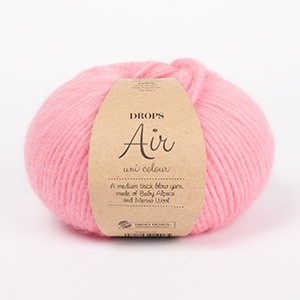





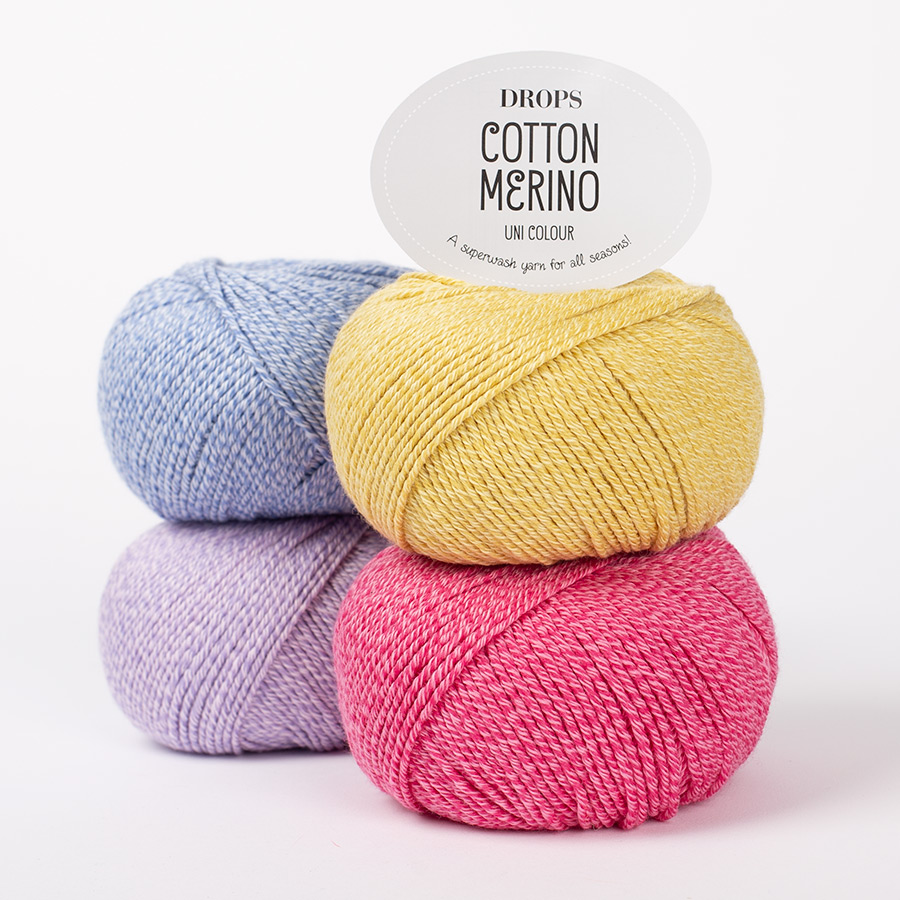
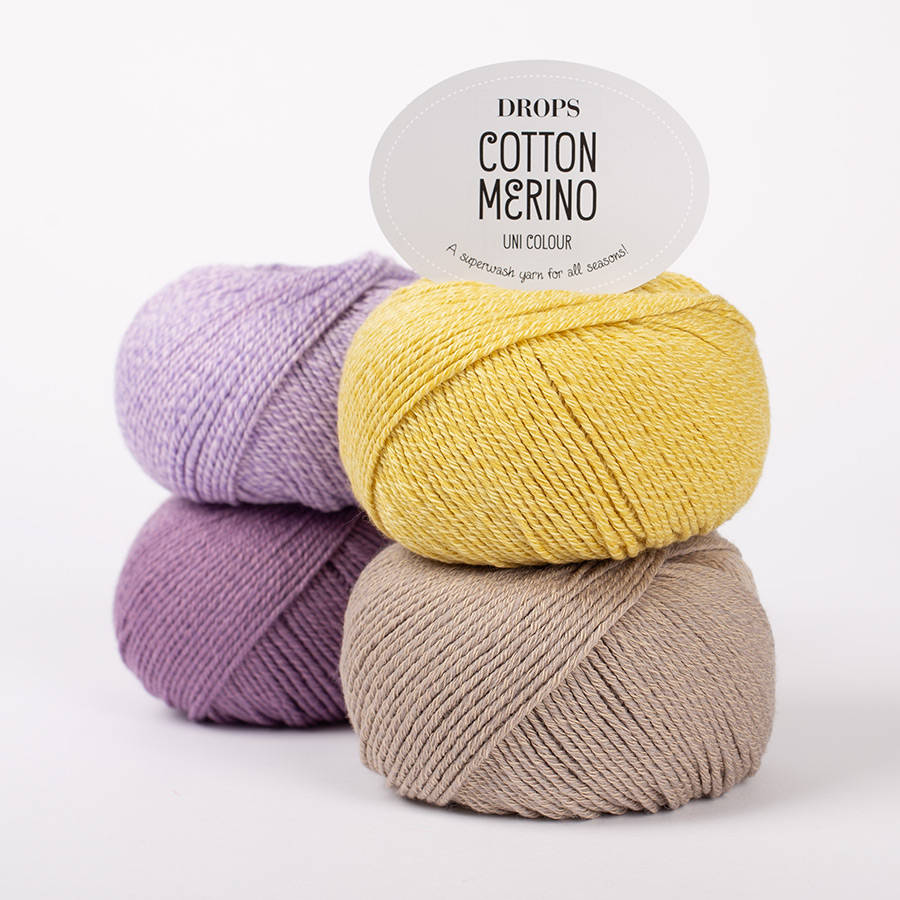
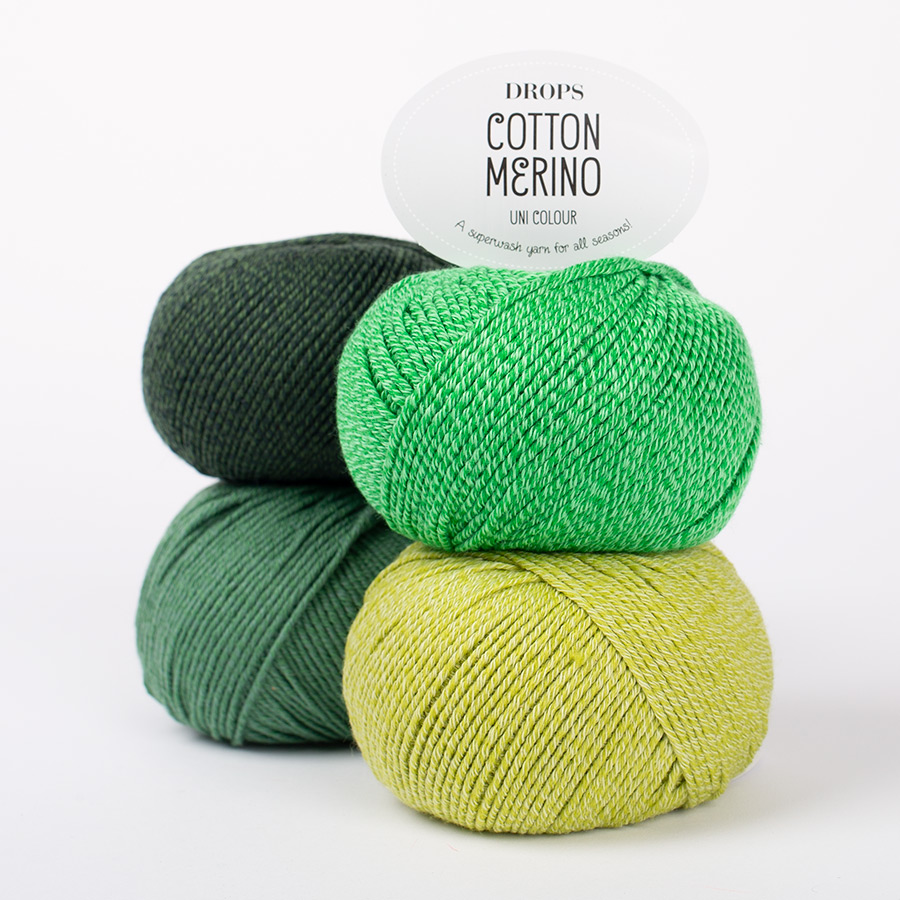
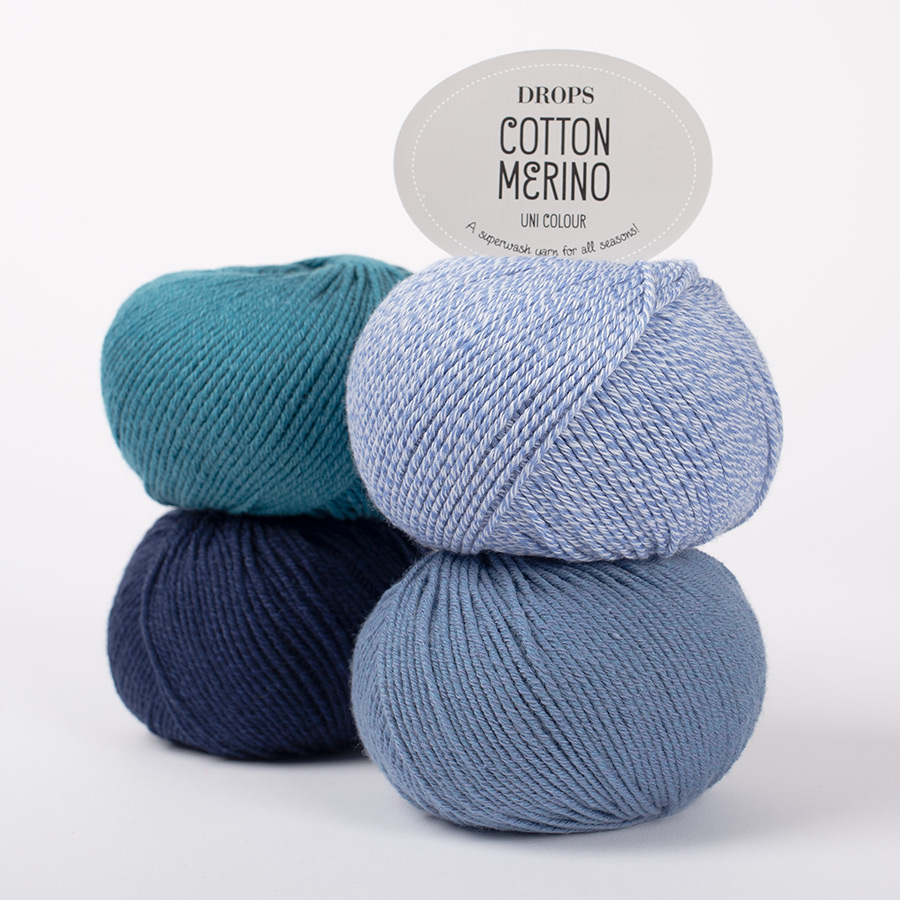
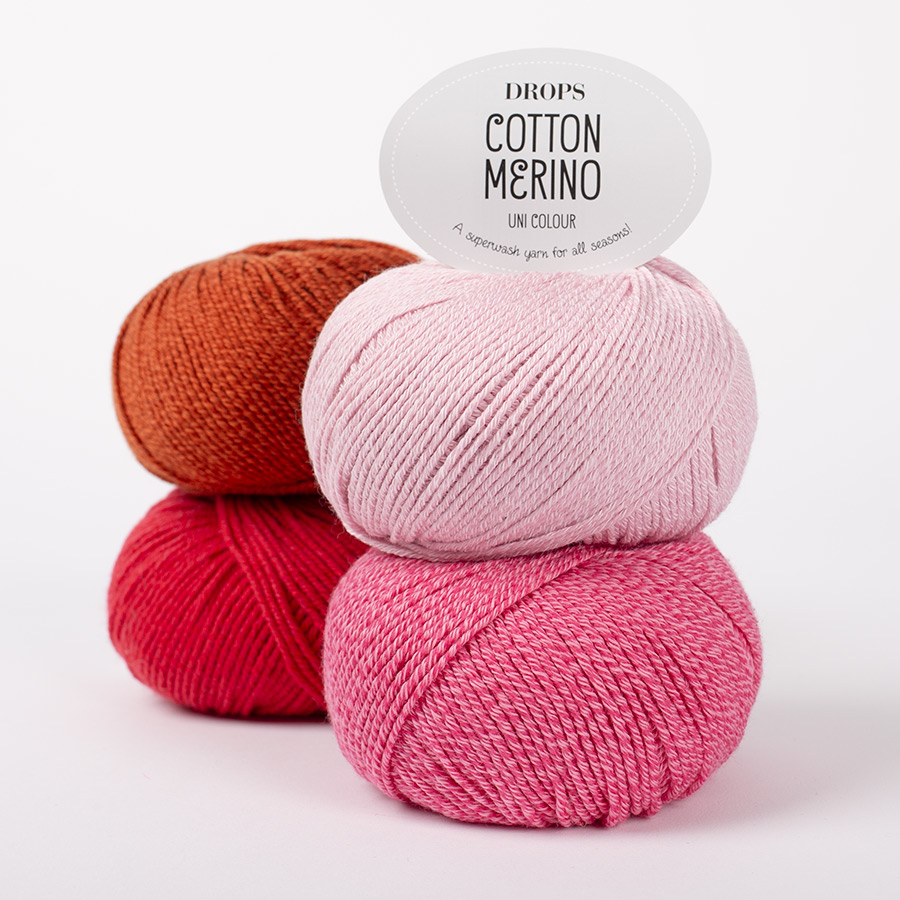
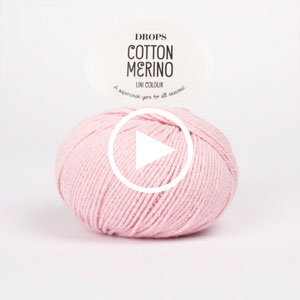

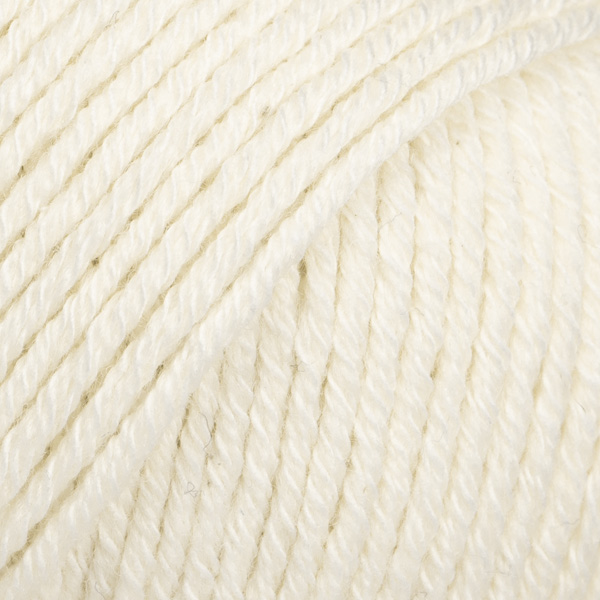




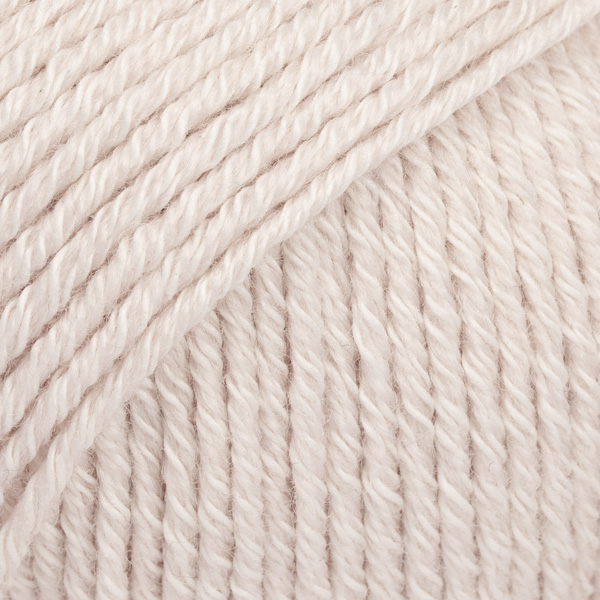




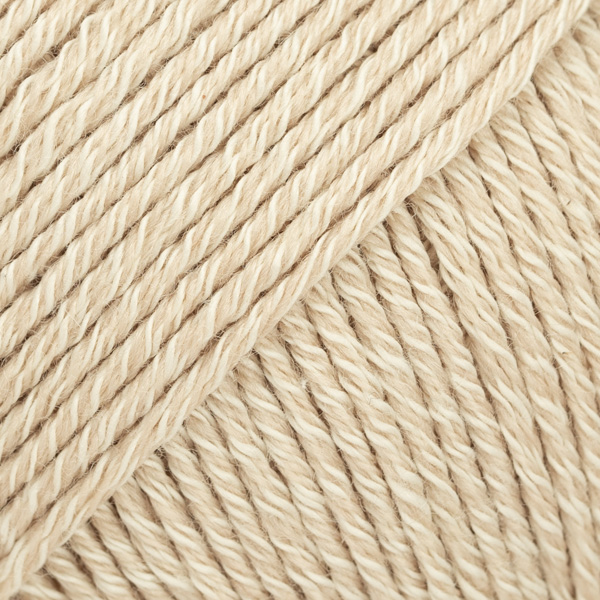


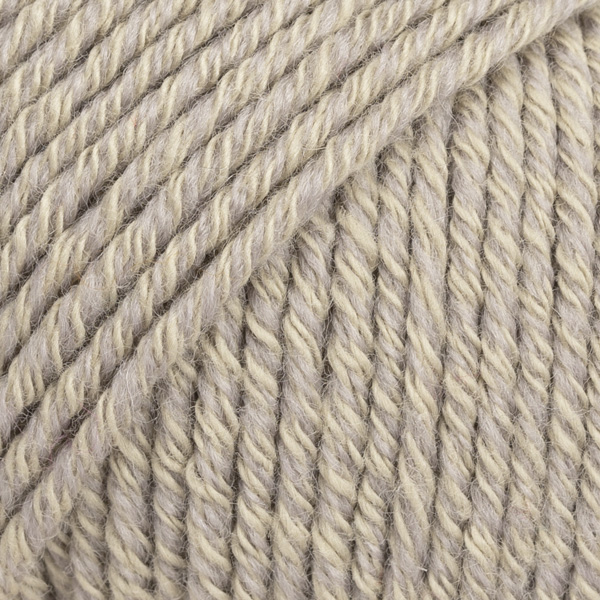

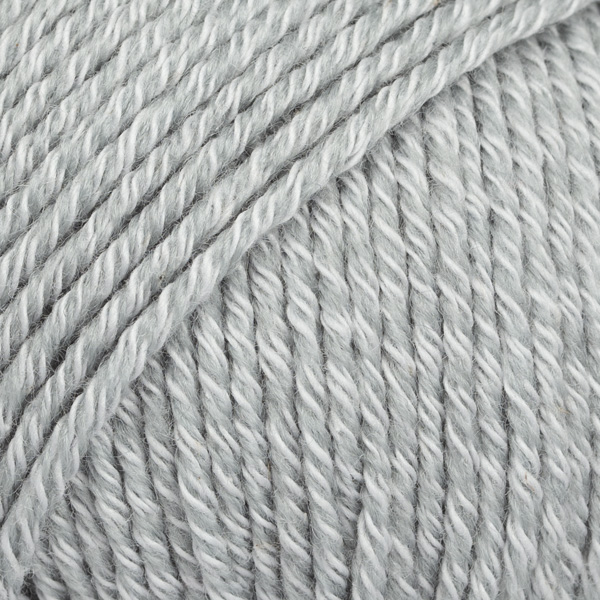

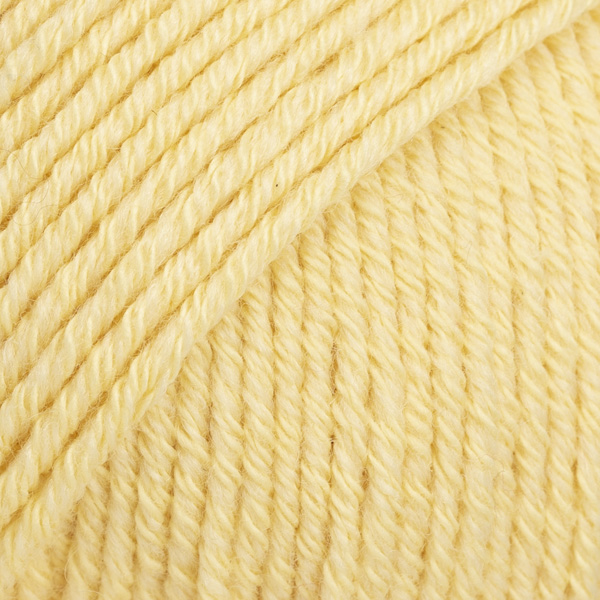

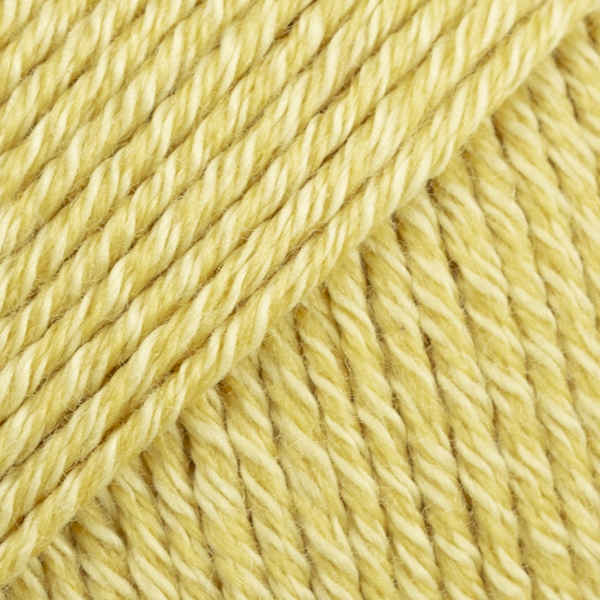

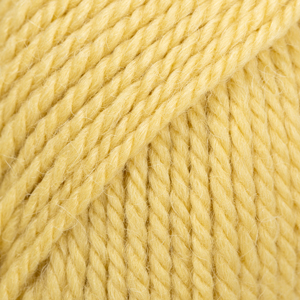


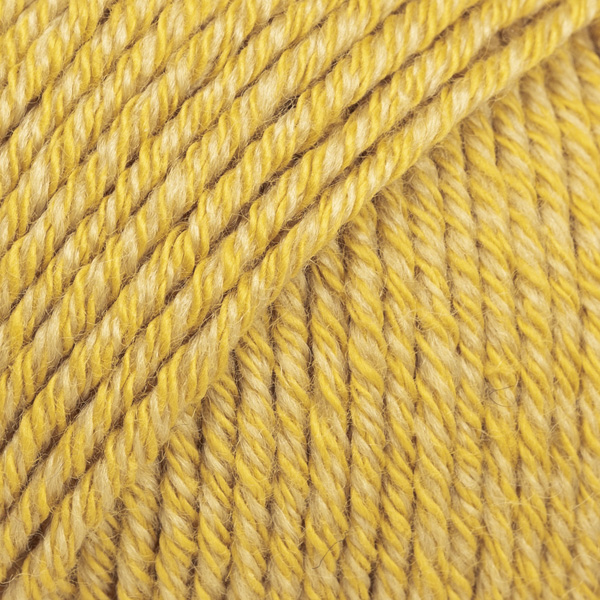

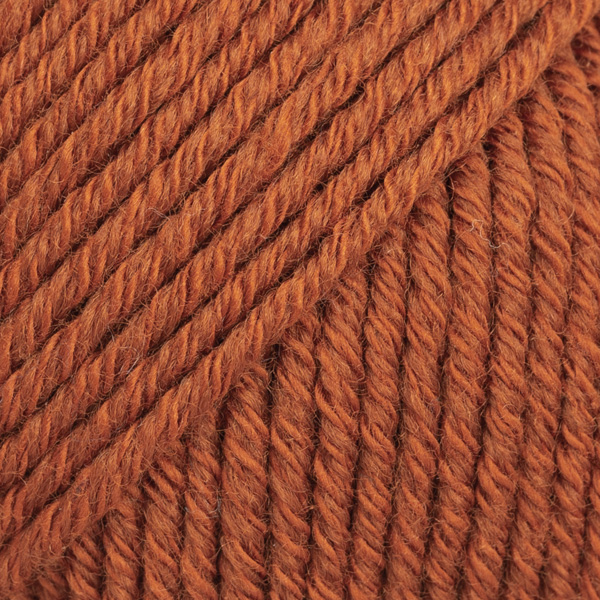

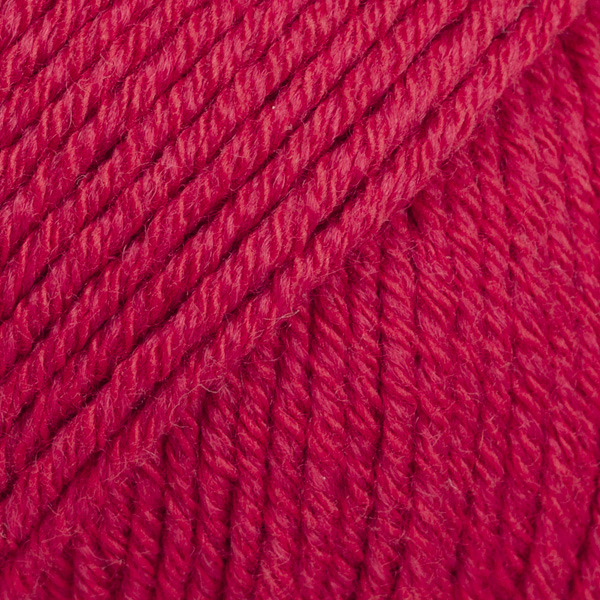
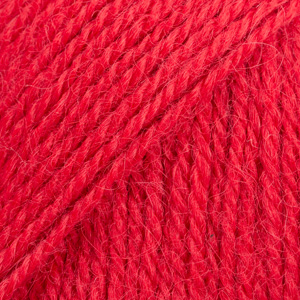







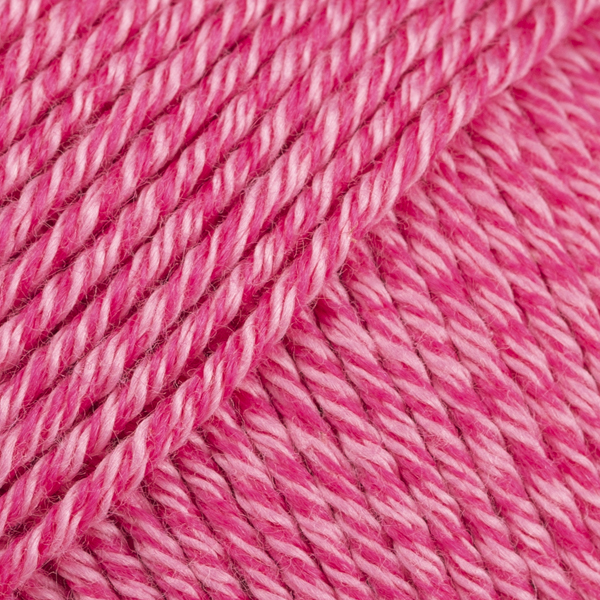



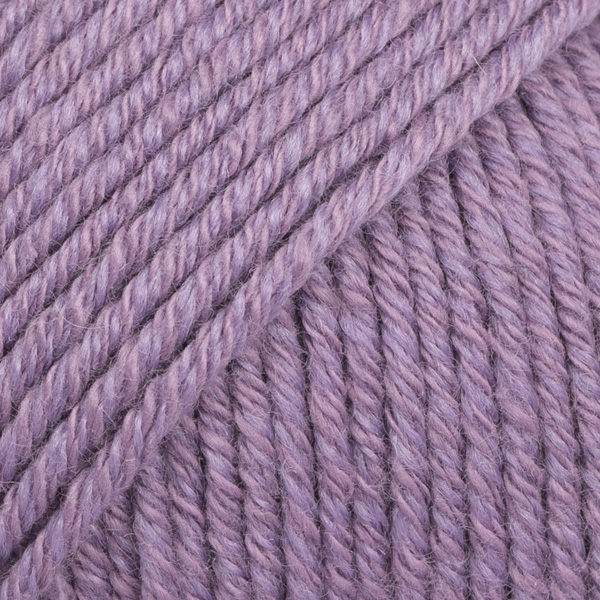

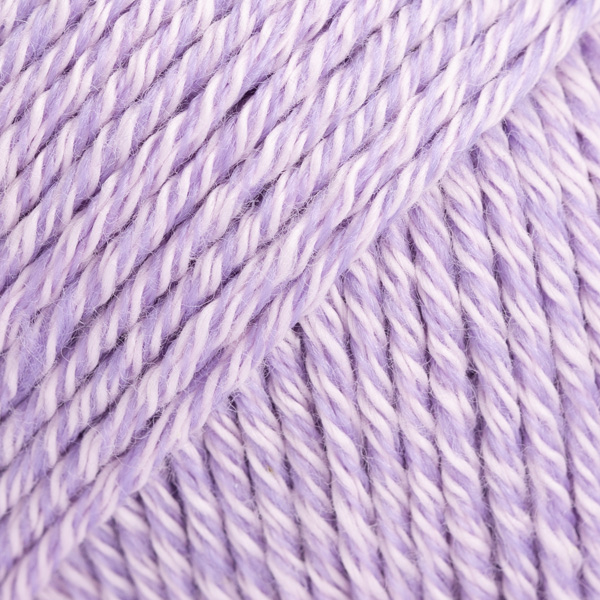

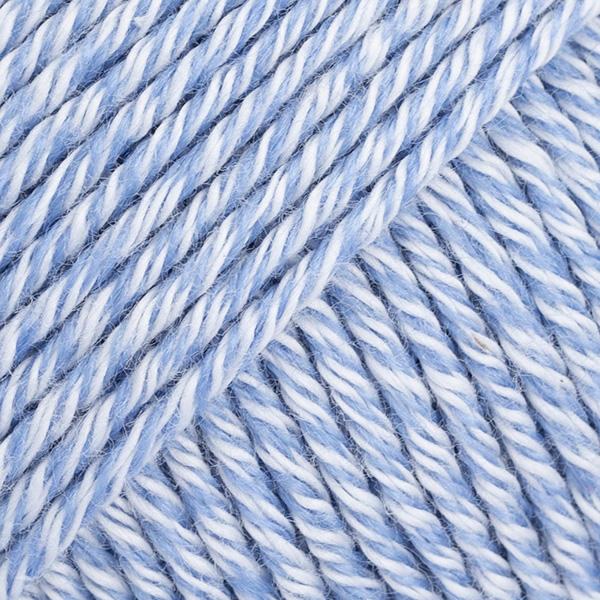

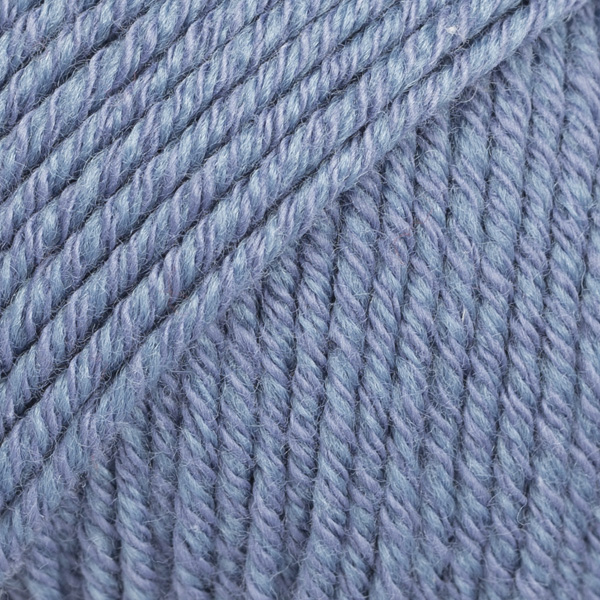

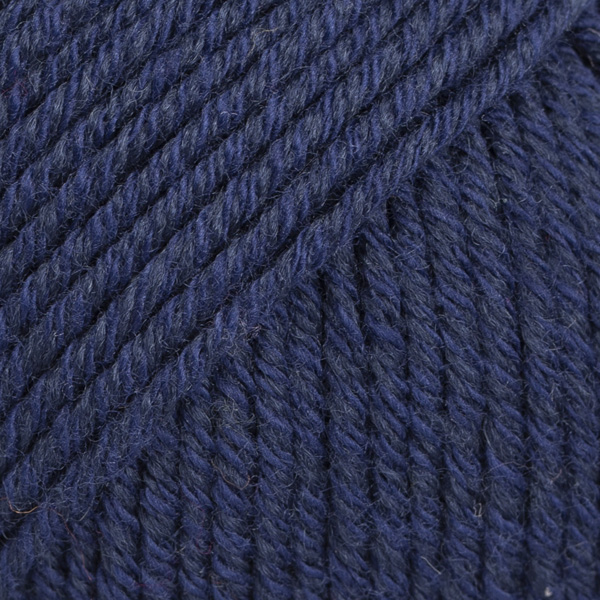

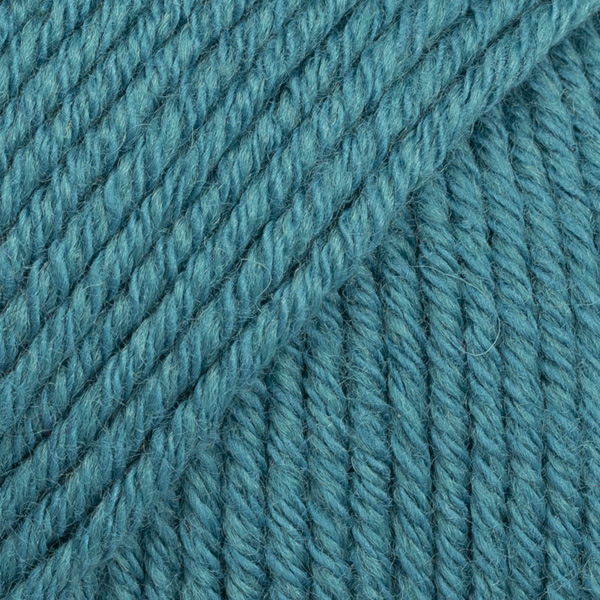

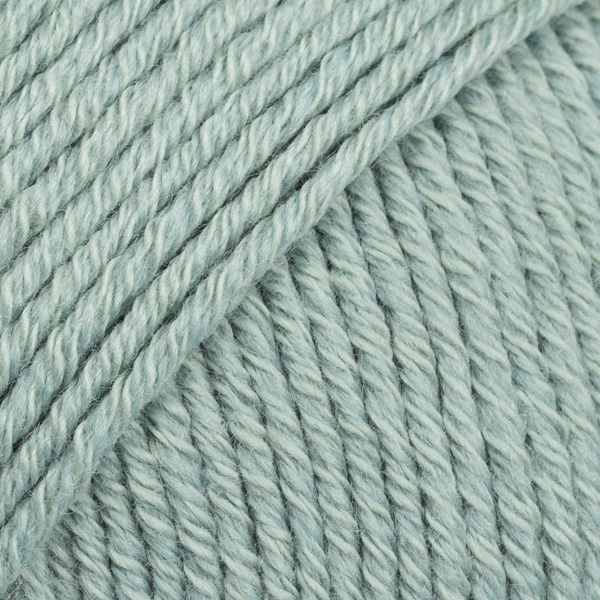

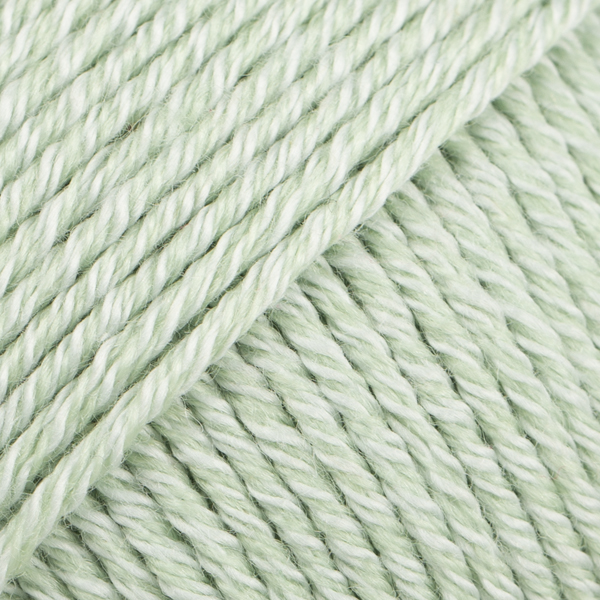

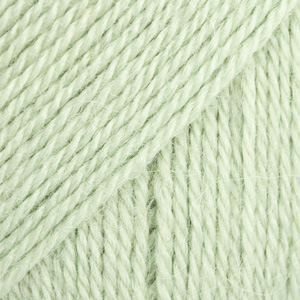






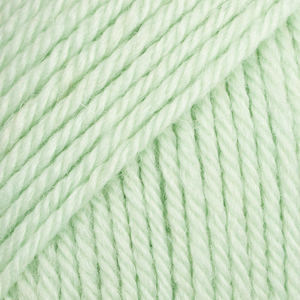




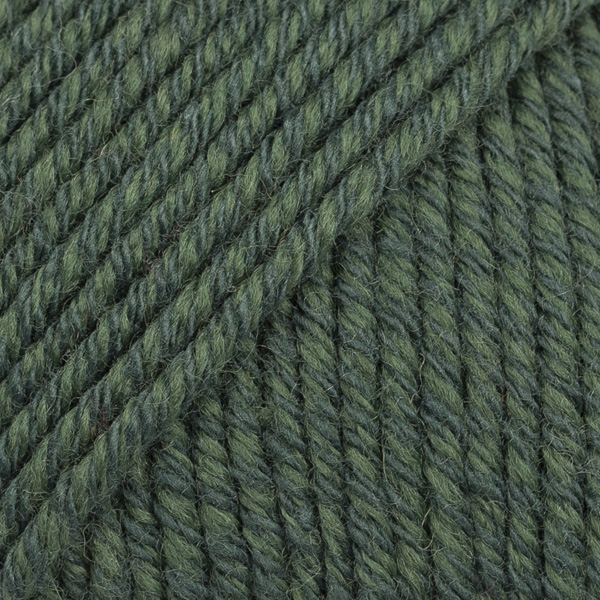

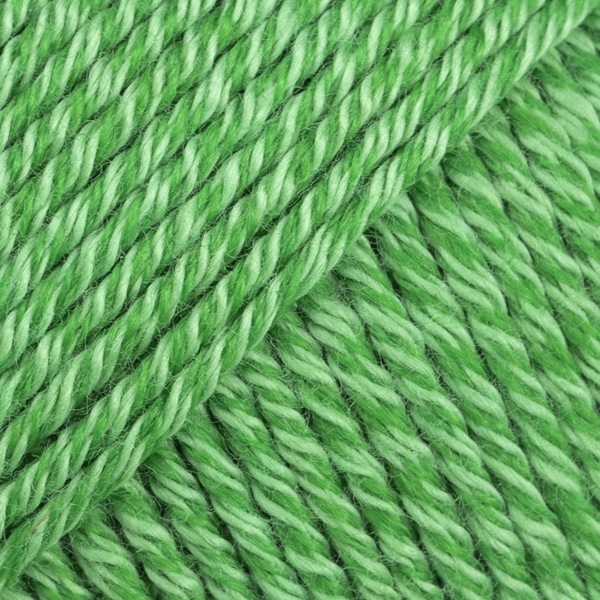















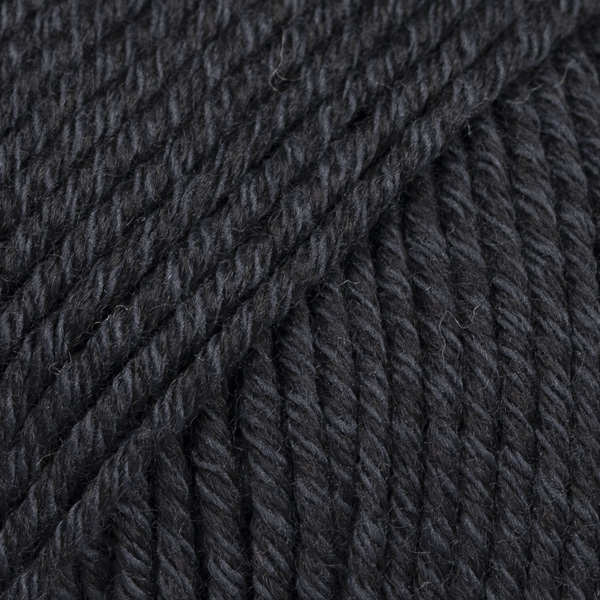






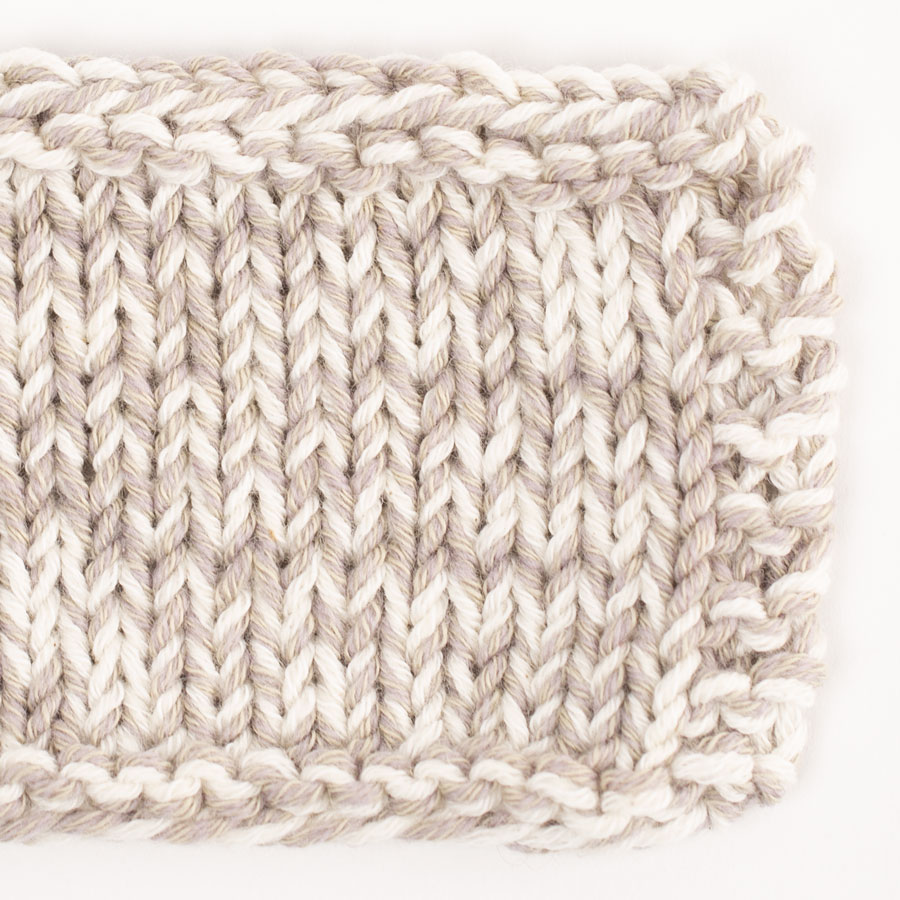
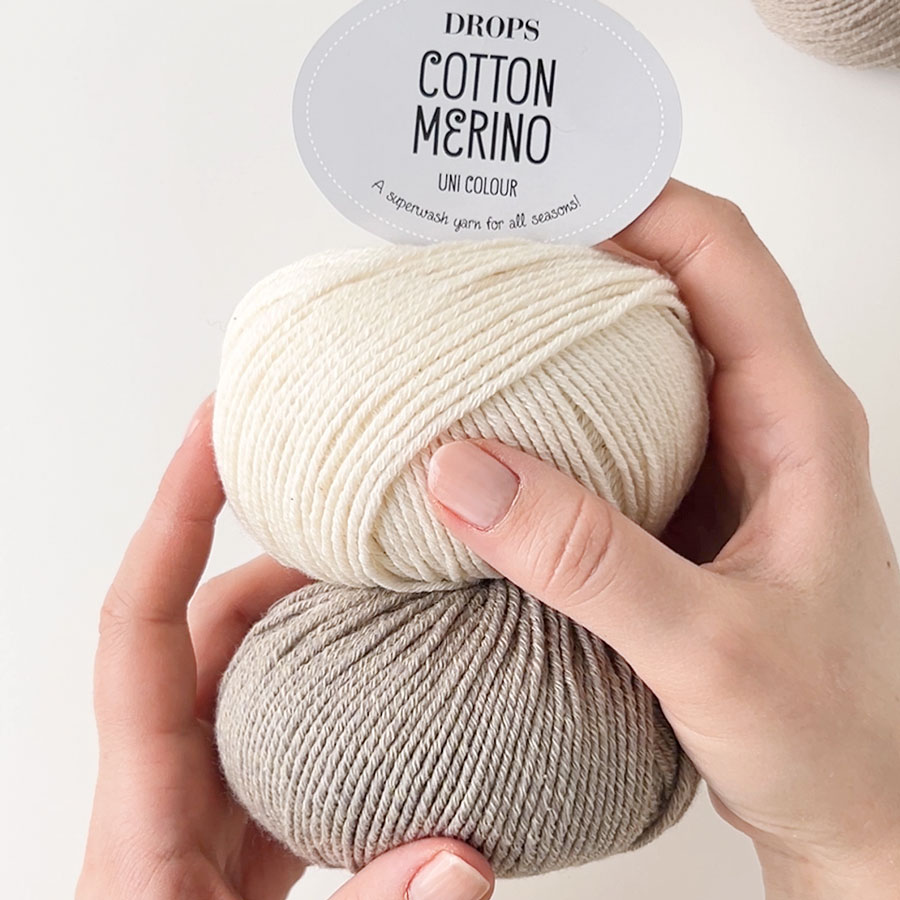
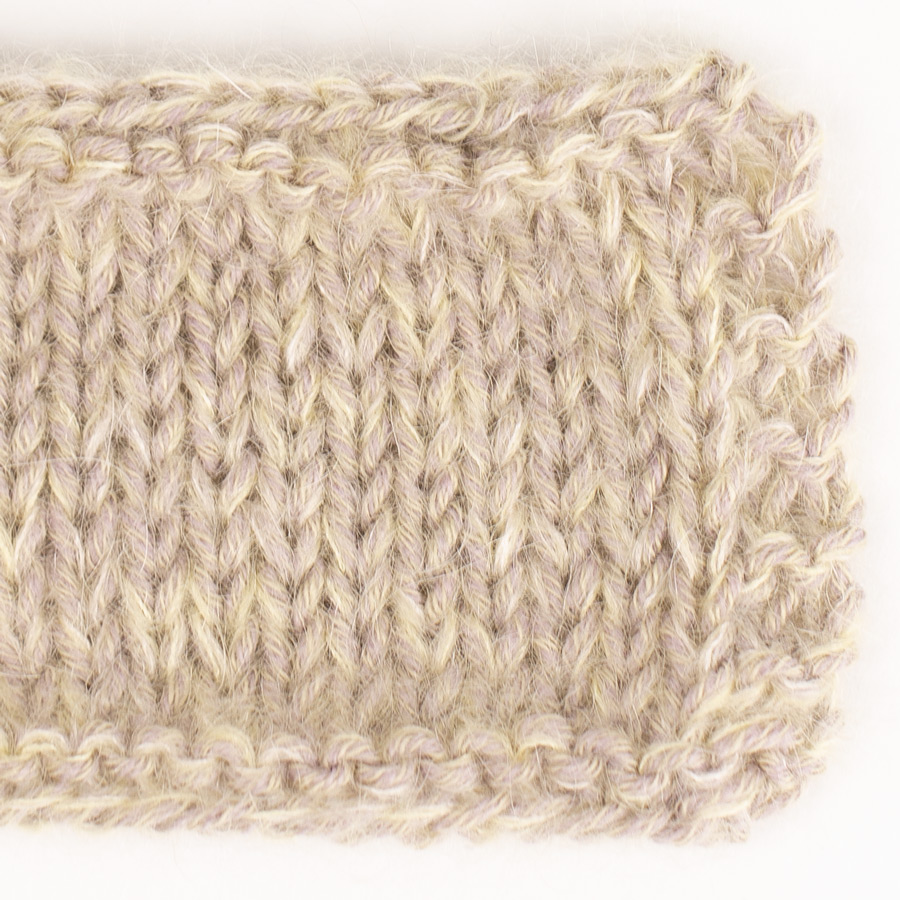

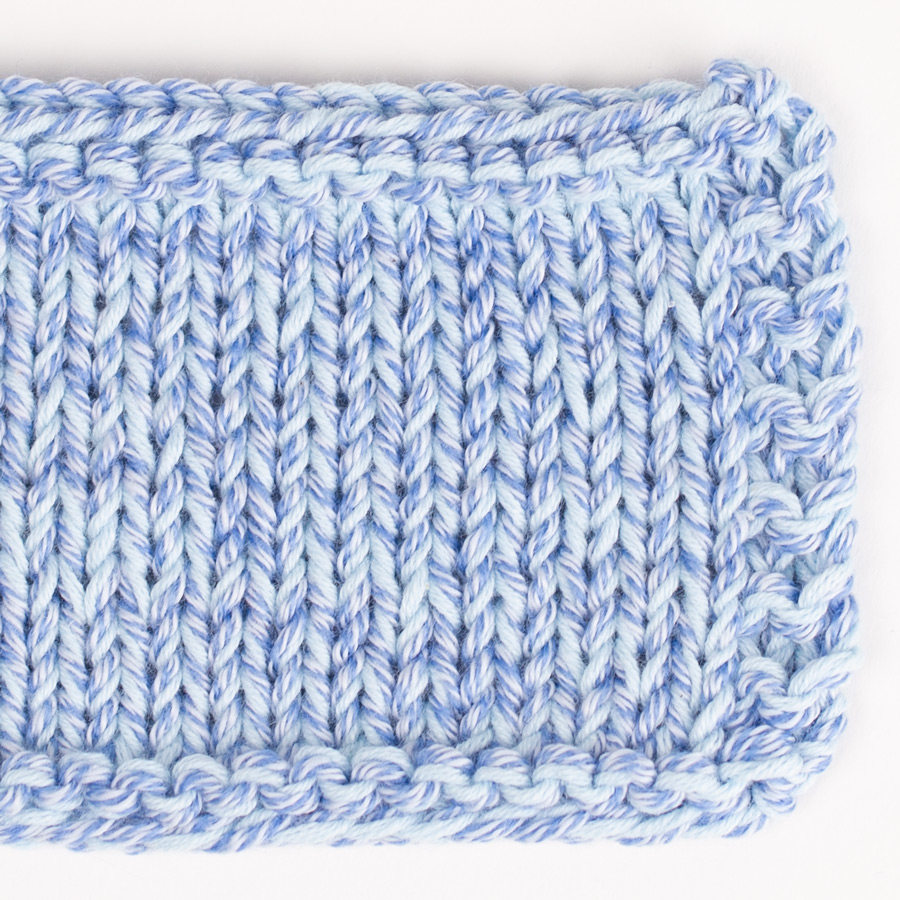
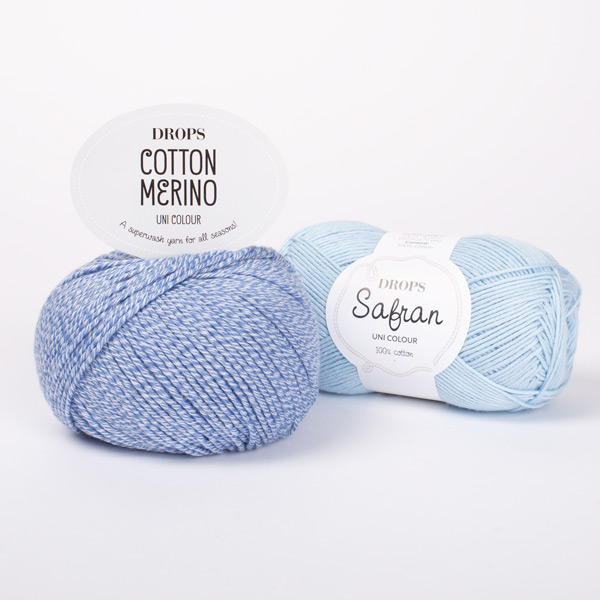
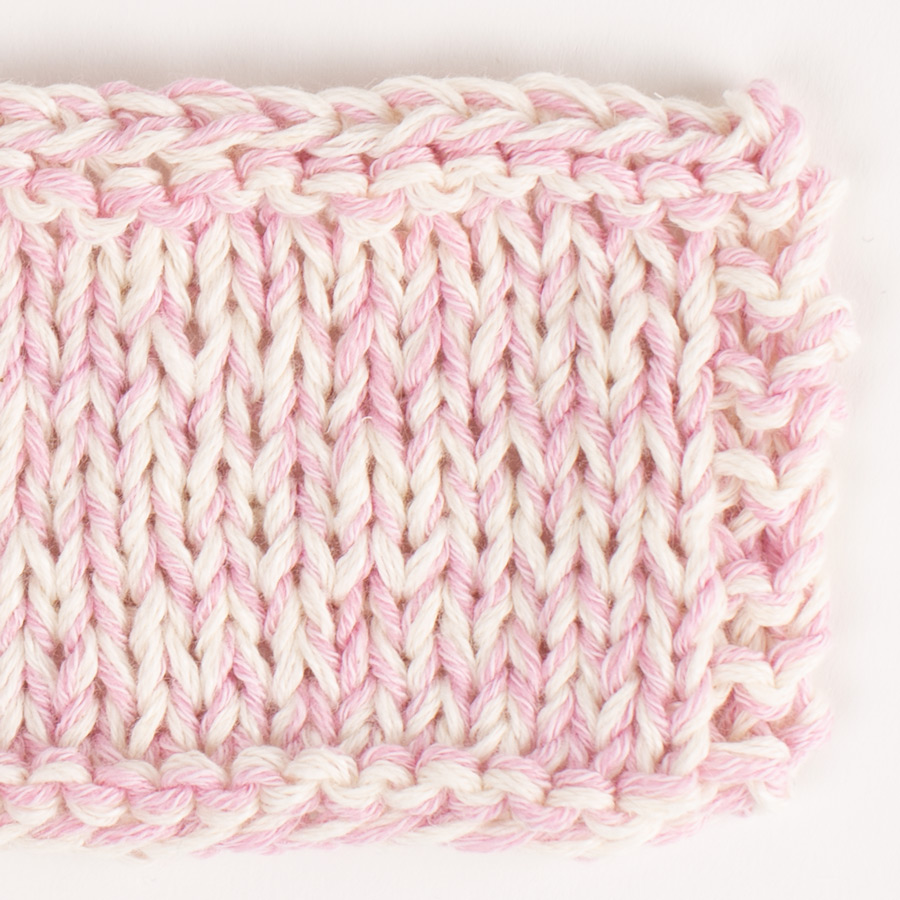
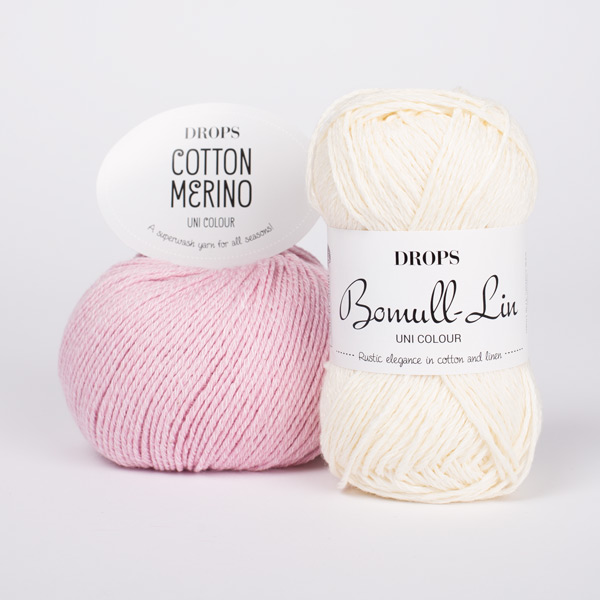
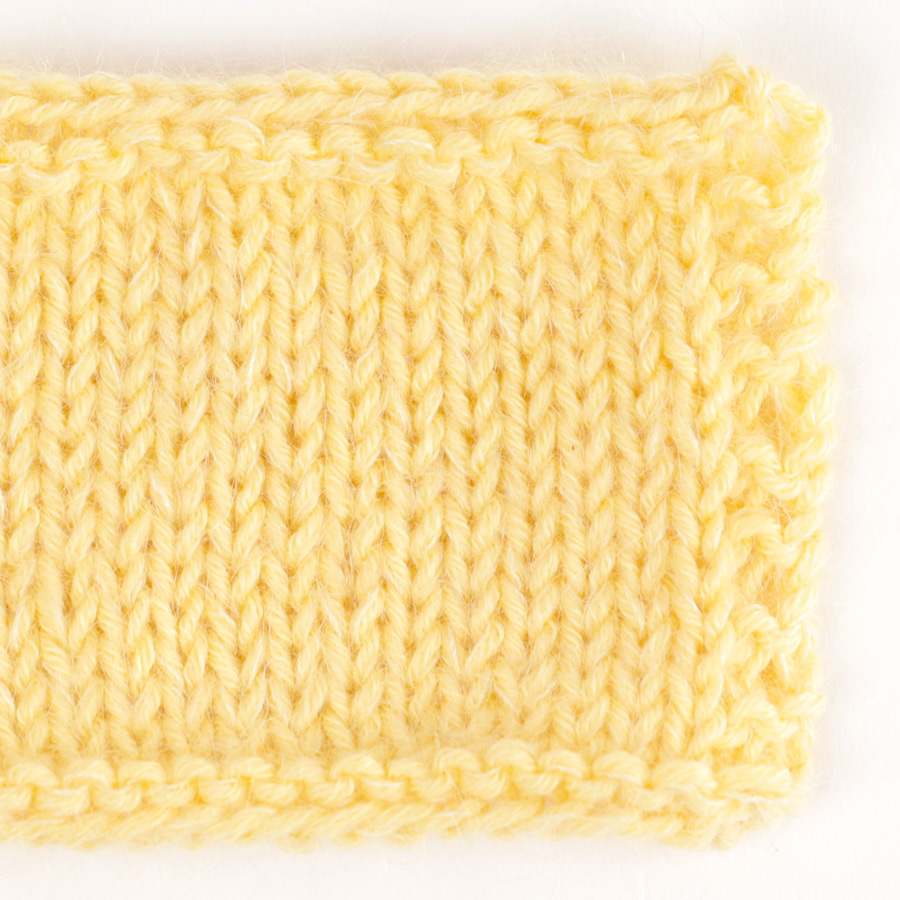
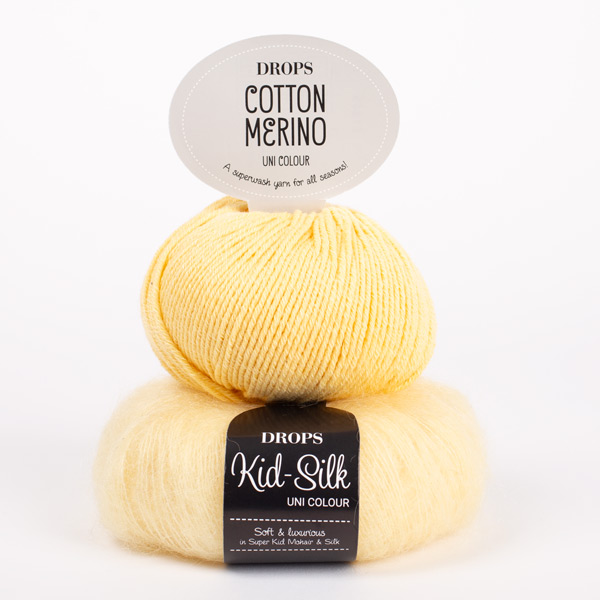
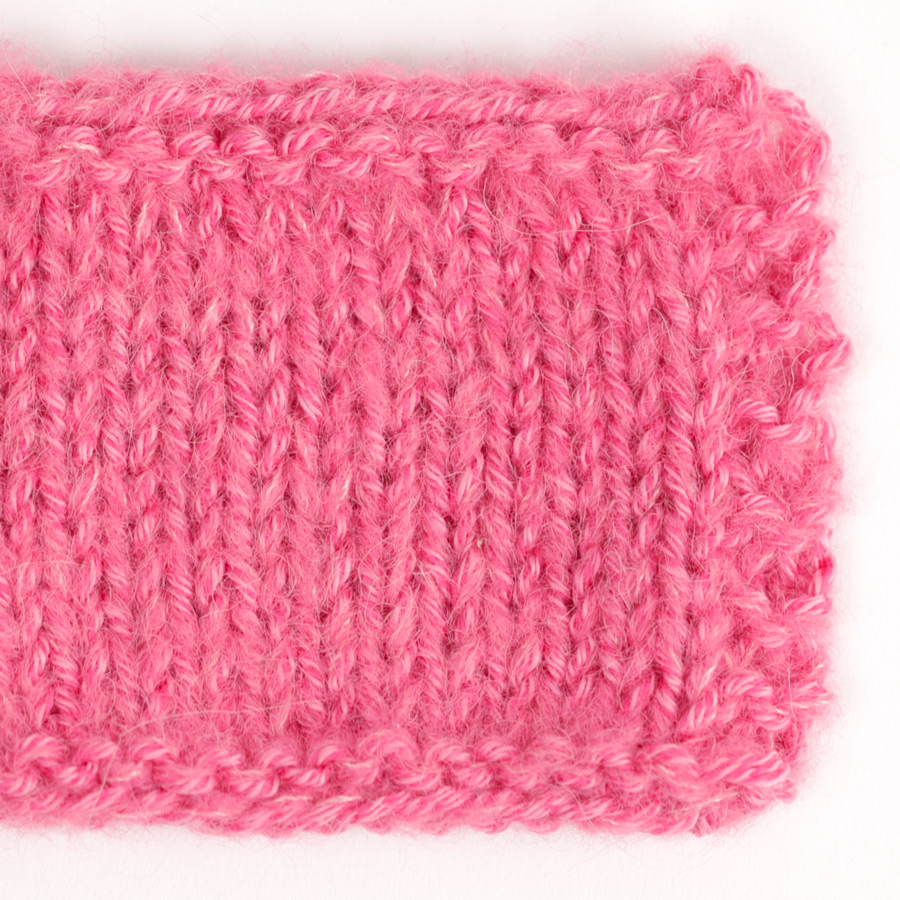
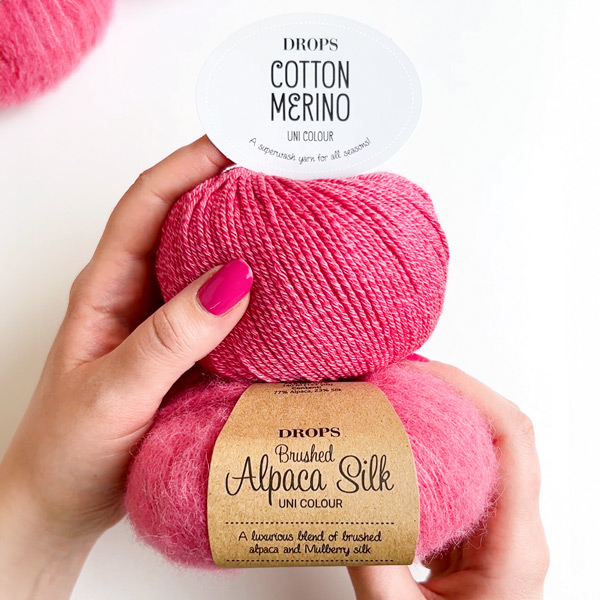
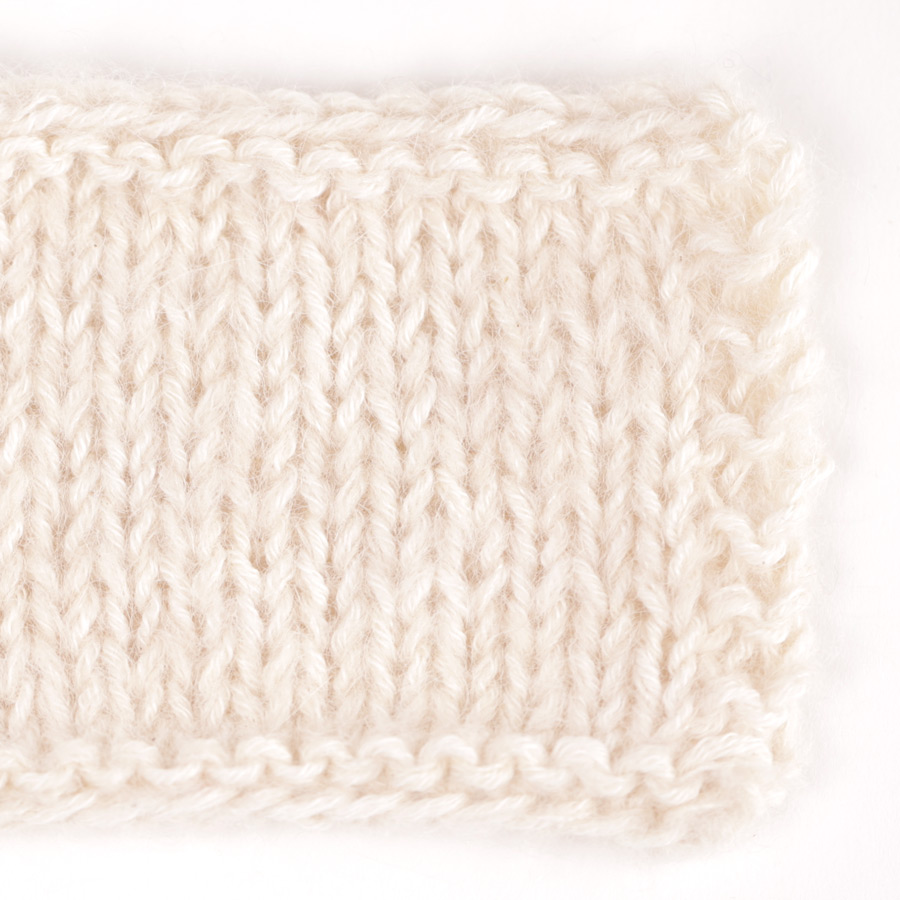

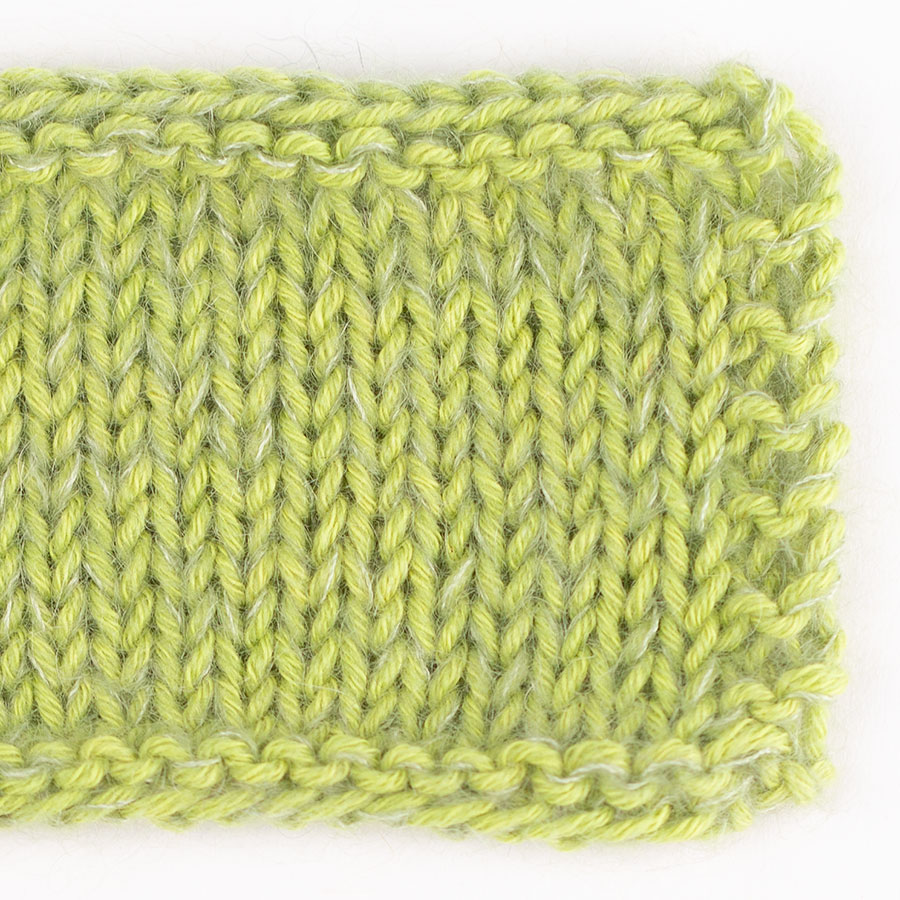
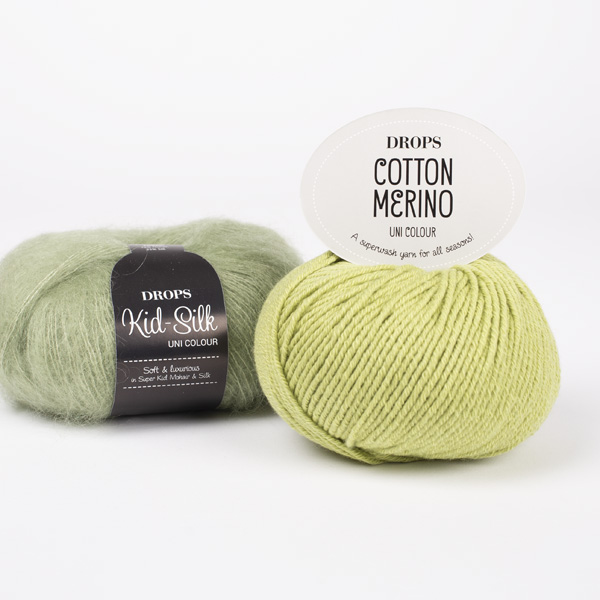
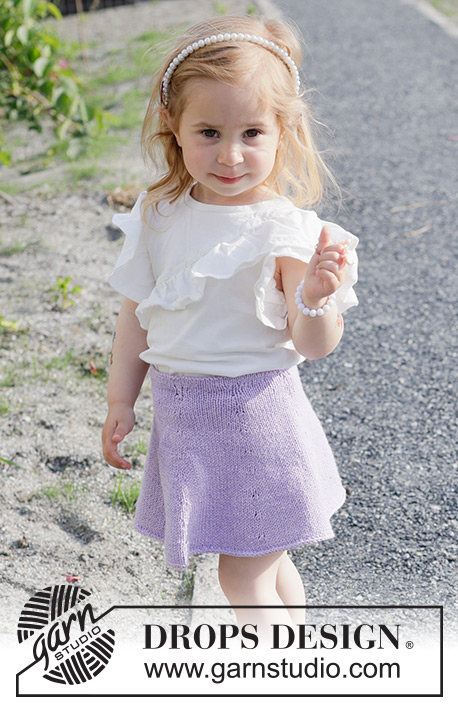

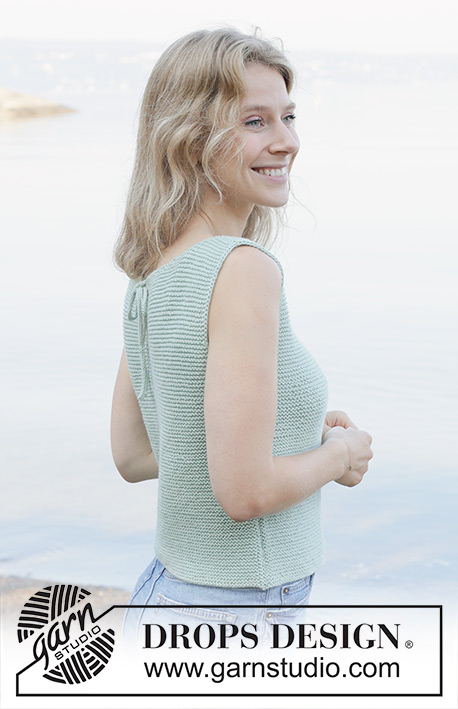





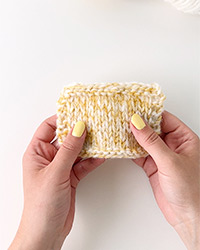
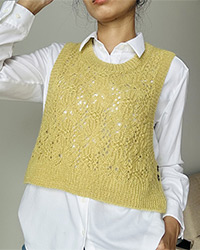
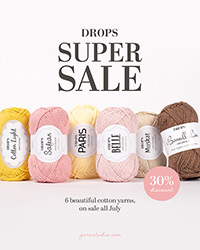
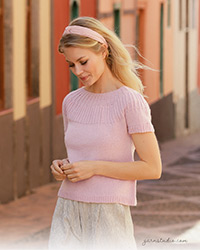
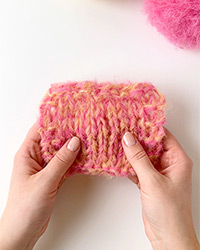
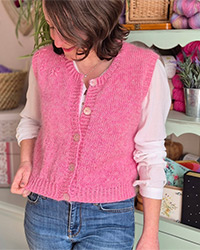
Ich finde die Cooton Merino super! Lässt sich gut Stricken, tolle Optik und weich. Mein Problem: Ich habe in einem Knäuel Uni Color 2251-3 bereits den dritten(!) Knoten. Mal ein Knoten pro Knäul ist ja okay, aber drei? Auf 110m? Das finde ich gerade nicht so lustig.
10.08.2024 - 12:01